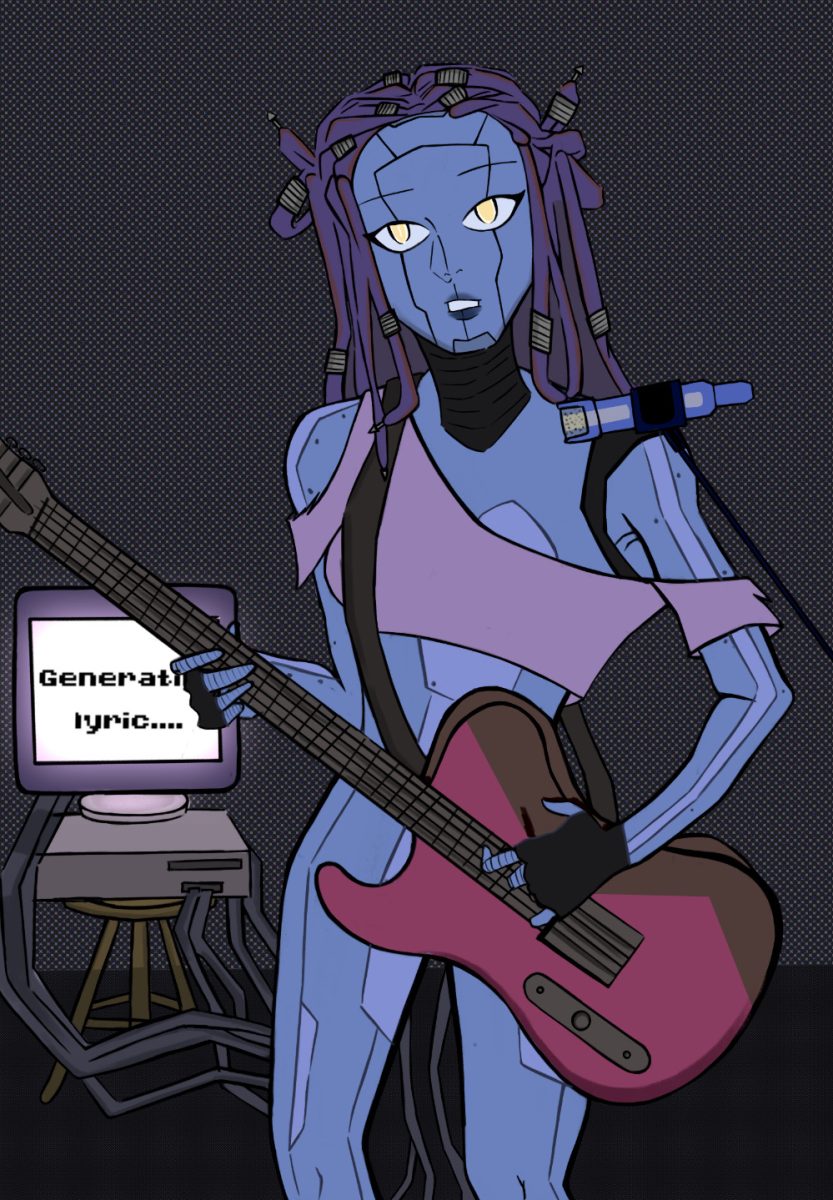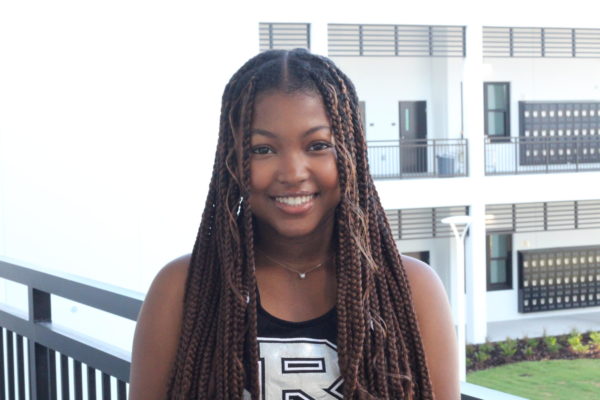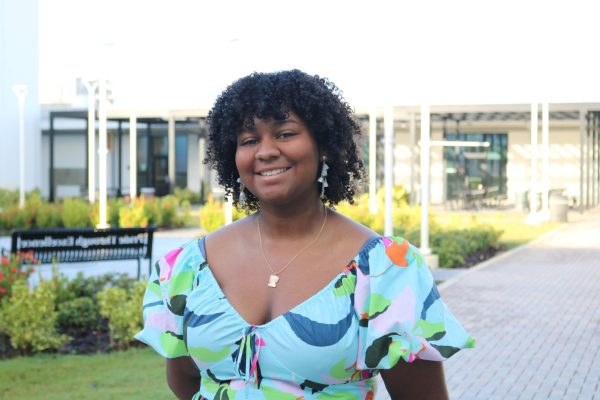Artificial intelligence has been popularized via social media and is most commonly used for creating images, making predictions and a fan favorite among students, homework help. But as it’s become more prevalent in the music industry, debates have arisen about whether it threatens the authenticity that connects producers and listeners. What originally started as TikTok users creating silly song covers using AI has developed into artists creating entire songs using the voices and lyrics of past creations and passing them off as new. Where do we draw the line?
It’s hard to be original in a time when you can create pieces of art with the click of a button. As AI has gained popularity, it’s become easier for artists to make songs using vocals recreated by AI Technology such as FlowGPT, SongStarter and AudioShake. Although the advancements in technology make it easier for artists to create sounds with minimal equipment, it makes it too easy for lazy creators to mimic original ideas and take credit for them.
Surely AI can effortlessly make a convincing song cover or generate a collab, but it’ll never live up to the rawness of a true, human voice. There’s always going to be a hint of artificialness that keeps me from enjoying it. The basis of what makes a song that sticks is the emotion that helps listeners relate to it. Even though the idea of a computer-generated song is intriguing, it takes away the sentiment that connects artists and listeners.
Not to mention the inability of AI to create new, 100% original ideas. Every song or genre “created” by AI is really just old ideas and recordings combined to make a new product. This also raises the issue of credit. How much attention will AI songs’ using popular artists’ voices get before they start wanting compensation? Most artificially made songs are made without artists’ consent, which could lead to accreditation issues and copyright infringement.
Although it’s fun to explore the abilities of artificial intelligence and create new things, a clear boundary needs to be set between what we call “actual music” and things that mimic true talent.



